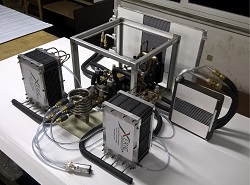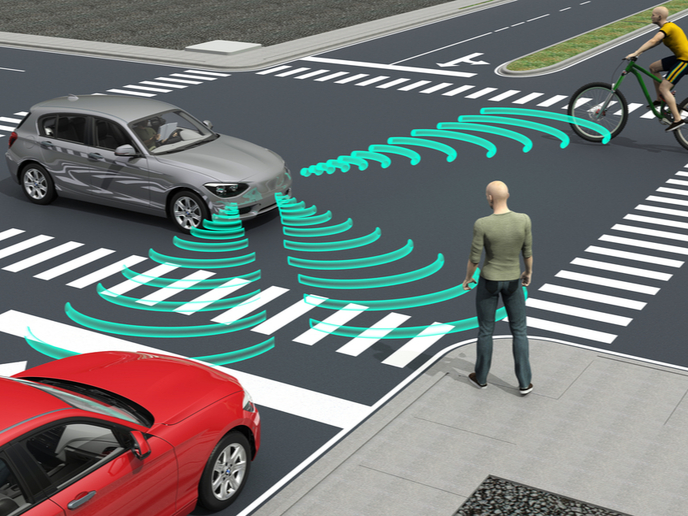New energy-efficient climate control system for electric vehicles
At present a substantial amount of energy is required to run the CCS within electric vehicles, creating a major drain on the battery and limiting the range of the car. The EU-funded Horizon2020 XERIC(opens in new window) (Innovative Climate-Control System to Extend Range of Electric Vehicles and Improve Comfort) project addressed this challenge by producing an energy-friendly CCS capable of ensuring passenger comfort and increasing the range of electric vehicles. An innovative approach Consortium members developed a solution based on a hybrid system that combines a liquid desiccant cycle, which combats humidity, with a traditional vapour compressive cycle that deals with temperature. Whereas a traditional CCS condenses water, the XERIC system removes water using an innovative and highly compact three-fluid-combined membrane contactor (3F-CMC), which works simultaneously with air plus a desiccant solution and a refrigerant. “The humidity in the air is captured by the membrane interface, allowing dry air to be circulated within the vehicle and reducing the amount of energy required by the battery to dehumidify the air,” says project coordinator Gaeta Soccorso. Researchers created modelling tools to predict the performance of the entire CCS as well as the 3F-CMC and carried out life-cycle analysis and life-cycle cost analysis assessments. In addition, they developed polytetrafluoroethylene and polyvinylidene difluoride hydrophobic membranes with an average pore size of 0.2 micrometres. They also built an electronic control system based on a variable frequency drive compressor and a brushless direct current motor that is 85-95 % efficient. A more efficient use of energy Project partners successfully demonstrated the XERIC CCS prototype under a range of external air temperatures in a climatic chamber to replicate the relevant environmental conditions. “We showed that the prototype can reduce by more than 50 % the energy used for air heating, cooling and dehumidifying throughout the year compared to existing systems that rely on electric direct heating in wintertime. Furthermore, it can reduce by up to nearly 33 % the energy used for air cooling and dehumidifying in extreme summer conditions,” explains Soccorso. Although XERIC developed and tested these ground-breaking technologies specifically for expanding the range of electric vehicles, their potential extends far beyond this particular application. The system is also suitable for improving air conditioning in traditional vehicles equipped with an internal combustion engine, resulting in reduced fuel consumption and related air pollution. Similarly, the XERIC CCS can be easily adapted to other forms of transport like buses, trams, trains, caravans, and even boats. Furthermore, the system can be applied to other situations where humidity needs to be reduced and energy efficiency improved. Examples include public buildings, hospitals and industry (such as for refrigerated rooms). “With its innovative system, XERIC will facilitate the market uptake of electric vehicles and boost usage of EVs, thereby reducing dependence on fossil fuels and decreasing air pollution,” concludes Soccorso. Ready to meet market demands The working prototypes are now ready to be modulated according to market needs and project partners are exploring industrial partnership opportunities, particularly with original equipment manufacturers and tier-one suppliers to tailor the XERIC innovative system to the required dimensions. Energy efficiency is becoming a more common and integrated way of thinking for public authorities and for end-users who are becoming more and more conscious of global warming. XERIC, clustering with JOSPEL(opens in new window) and OPTEMUS(opens in new window), two other European projects from the same Green Vehicles Call, came up with no fewer than 15 concrete and complementary solutions to meet the global challenge of energy efficiency in electric vehicles.







